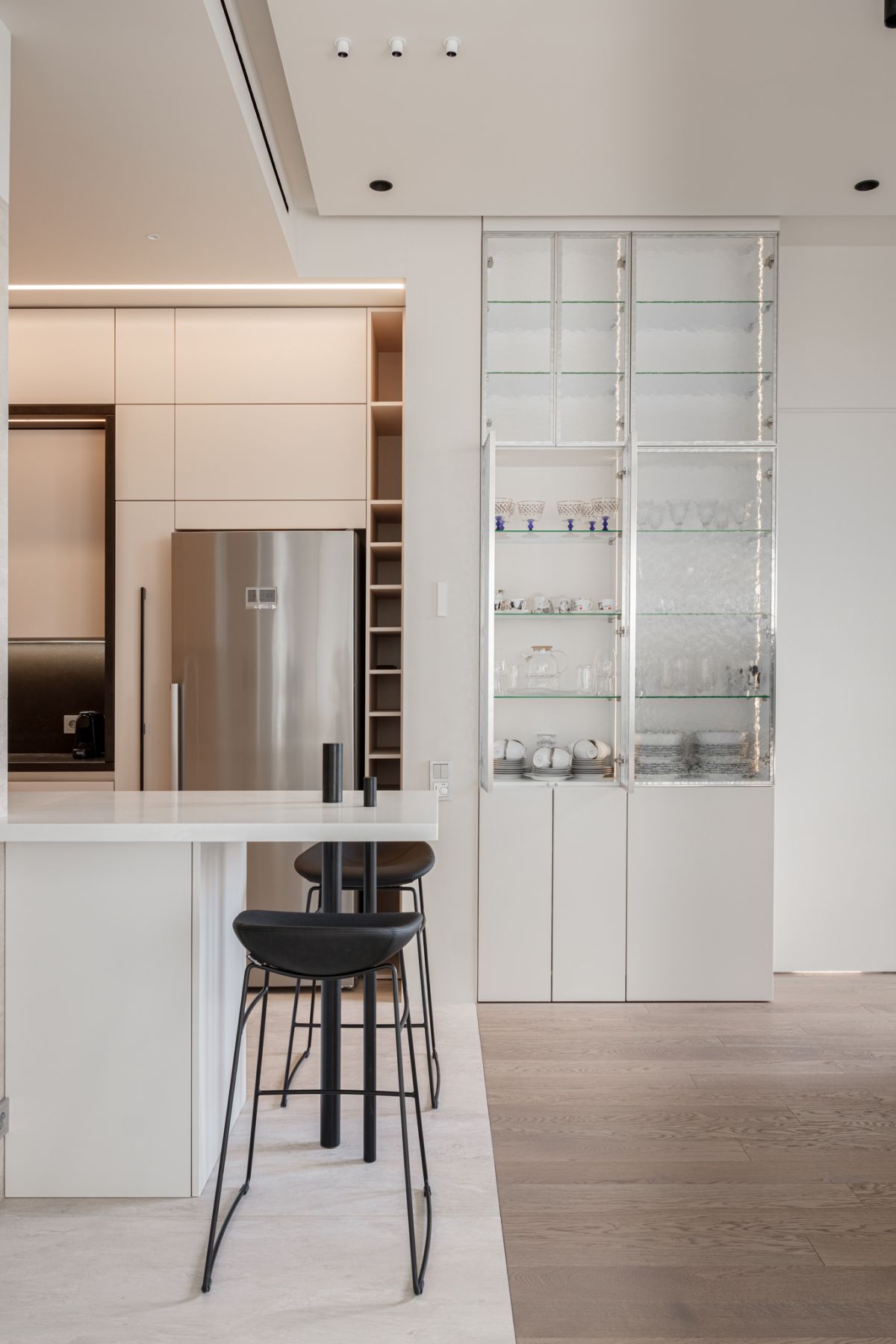
Essentials of Culinary Design
The art of culinary design is not just about making food that tastes good; it's about creating an experience for the senses. The visual presentation of a dish can enhance its flavors and make the act of eating much more enjoyable. To master the art of exquisite culinary design, one must focus on several essential components which go beyond mere plating techniques.
Balanced Composition
A beautifully designed plate starts with a balanced composition. Culinary experts suggest thinking of a plate like a canvas where the rule of thirds or the golden ratio can be applied. By dividing the plate into sections and placing the main elements off-center, a sense of harmony and visual appeal is established. A balanced composition allows each component of the dish to stand out without overpowering the others.
Contrasting Textures
Contrast is a key element in culinary design. By combining different textures, like crunchy and creamy or soft and crisp, chefs create a multi-sensory experience that stimulates the palate. Understanding how to layer and contrast textures is crucial in adding depth and interest to a dish. It's also important to consider the mouthfeel of a dish, as this can greatly influence the perception of its flavor.
Color Coordination
The use of color in culinary design is not solely for aesthetic appeal; it can also suggest freshness, quality, and flavor. Using a variety of colors, chefs can evoke emotions and set expectations for the dish. Color coordination should enhance the natural beauty of the ingredients without looking artificial. Moreover, incorporating a spectrum of colors can have nutritional benefits, indicating a variety of vitamins and minerals present in the dish.
Negative Space
As in visual arts, the concept of negative space is crucial in culinary presentation. Negative space refers to the empty areas on the plate that frame and highlight the food. It provides breathing room for the dish, preventing a cluttered look and making the arranged food more visually striking. Perfecting the use of negative space involves resisting the urge to overfill the plate and ensuring that the dish's components are given sufficient room to shine.
Edible Garnishes
Garnishes should be more than just decorative, they should also enhance the overall flavor profile of the dish. Edible flowers, fresh herbs, and citrus zests are common garnishes that can add a burst of color and taste. It's essential that the chosen garnishes are complementary to the main ingredients and that they serve a purpose beyond mere decoration.
Harmonious Flavor Profiles
Ultimately, the goal of culinary design is to create a delicious and satisfying meal. A well-designed dish takes into account the harmony of flavors and ensures that they blend well together. This can mean balancing the five basic tastes—sweet, sour, salty, bitter, and umami—or using contrasting flavors to create a more complex and intriguing dish. Flavor compatibility is the foundation upon which all other elements of culinary design are built.
By focusing on balanced composition, contrasting textures, color coordination, negative space, edible garnishes, and harmonious flavor profiles, chefs can elevate their culinary creations from mere sustenance to works of art. Aspiring chefs and food enthusiasts alike should invest time to practice and refine these essentials of exquisite culinary design, ensuring every plate is a delightful sensory experience.